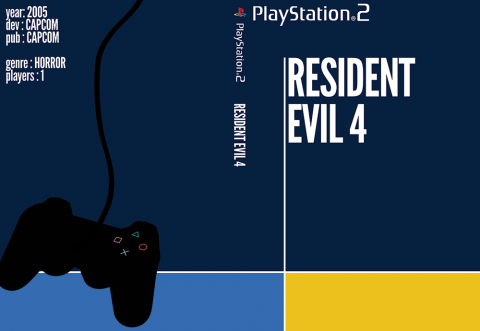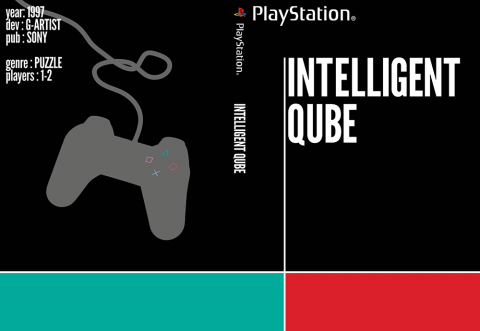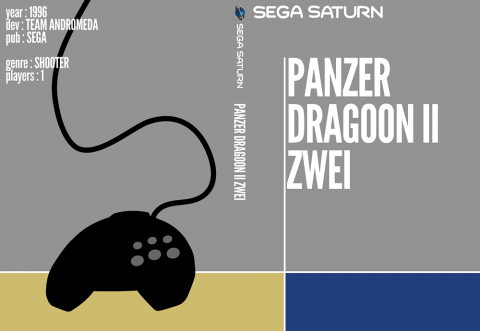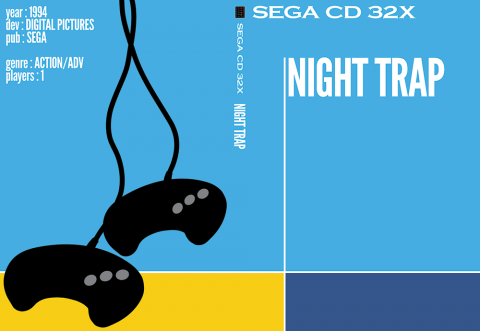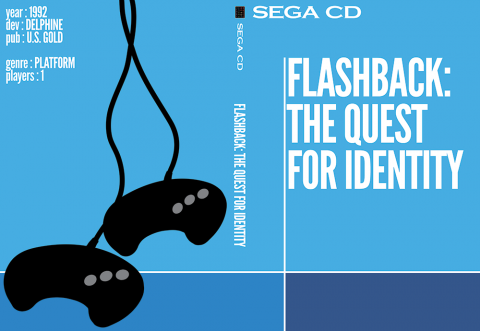Originally published in Las Vegas Citylife on May 17, 2013
Previously in Video Gaming in Vegas, I covered the local arcade scene. This week, another subject near and dear to the nostalgia (or curiosity) driven gamer: the retro video game store.
Gamestop, Ebay, and other online venders have made life difficult for many of the mom ‘n pop retro stores (and like arcades these days, retro game stores are almost always a mom ‘n pop affair). Not only do online sources wreak havoc on pricing, both lowering and raising game and hardware values based on national collecting trends, they also drain potential inventory, as a savvy seller can now offload their used wares directly online rather than visiting a local store to exchange their games for credit or a comparatively paltry sum.
While local store owners combat this by building up their local communities, buying bulk lots, and offering warranties, repair services and other goods (such as the ever popular collectible card games), a retro video game shop is not one of the more lucrative business ventures one can get into. In many cities, having just a single quality retro shop in town can be considered a lucky break – Las Vegas has been blessed with three.
You can’t go wrong hitting up any of these stores. Each offers merchandise from the entire range of gaming history, from classic consoles such as the Atari 2600, SNES, and Genesis to modern Sony, Microsoft, and Nintendo systems and releases, and each has their own specialties and charm. My suggestion? Make a day of it and visit all three.
A GAMER’S PARADISE
Originally known as Sean’s Game Repair, this retro/repair shop has since undergone a rebranding and a mid-2011 expansion, with a second (and larger) storefront located immediately west of the Pinball Hall of Fame.
A longtime arcade and console collector, owner Sean LaBrecque is font of classic video game history, knows what to keep an eye out for, and often seeds his store’s selection with various odds and ends from his own collection, resulting in the occasional obscure encounter or gem of a find that one wouldn’t typically find in another shop.
Both A Gamer’s Paradise locations feel as much like a museum as retail space, with boxed titles and rare hardware on display along the periphery, surrounding shelves full of cartridges, discs, and arcade cabinets set to free play. Visit either location, but I give the edge to the newer Tropicana space due to its greater selection and proximity to the Pinball Hall.
1550 East Tropicana Ave #4
1000 North Nellis Blvd, Suite C
http://www.agpvegas.com/
WII PLAY GAMES
Tucked into the corner of a Nellis Blvd strip mall and owned by Mickey Tenney (who recently returned to the scene after originally opening Gameworld and Gameland Arcade a decade ago), Wii Play Games caters to geek culture in general, featuring a large assortment of video games (both classic and modern), card games, anime, and collectible figures.
The used video game selection is outstanding, and there’s always a crowd in the evenings, with Magic The Gathering and Yu-Gi-Uh tournaments held frequently. Dedicated gaming tables are open for anyone to jump in and play when tournaments are not in session.
Additionally, the Wii Play Games team posts buy & sell price lists for wanted games and cards online, making it easy for the collector to loosely plan a trade or purchase prior to visiting the store.
3310 South Nellis Blvd, Suite 10
http://www.wiiplaygameslv.com/
GAMEWORLD
Another retro game store with a heavy emphasis on card gaming, Gameworld is split into two distinct sections, almost to the appearance of being two completely different storefronts: video games and DVDs in the front room, collectible card games in the back. For card gamers, Gameworld is heaven, with large room filled wall to wall with Magic The Gathering, Yu-Gi-Uh, and other collectible cards.
The shop has either an extremely gracious clientele or a fastidious team, as Gameworld’s selection tends to be the best organized. Individual titles are well maintained and rarely outside their intended alphabetical order.
Like Wii Play Games, collectible card game tournaments are held regularly in the evenings and on weekends, and plenty of space has been allotted for both casual and tournament play.
5620 West Charleston Blvd
http://gameworldvegas.com/
Update! I dunno what it is with retro game stores and alternating primary color logos, but we’ve got a new addition in town. Gamers Center just opened its doors last week, and while the full stock is still being added to shelves, the store will be carrying a range of titles, from Atari 2600 to modern systems, along with collectible card games. The import selection is quite good for a brand new store, and may be what ultimate sets them apart from the others.
3720 E. Sunset Rd #108
